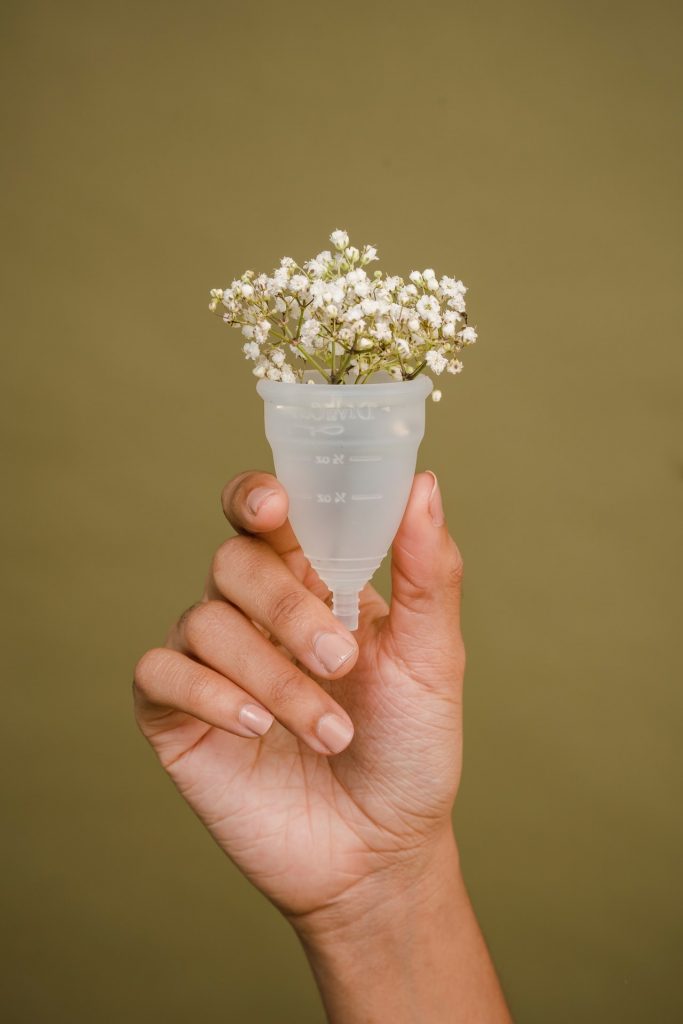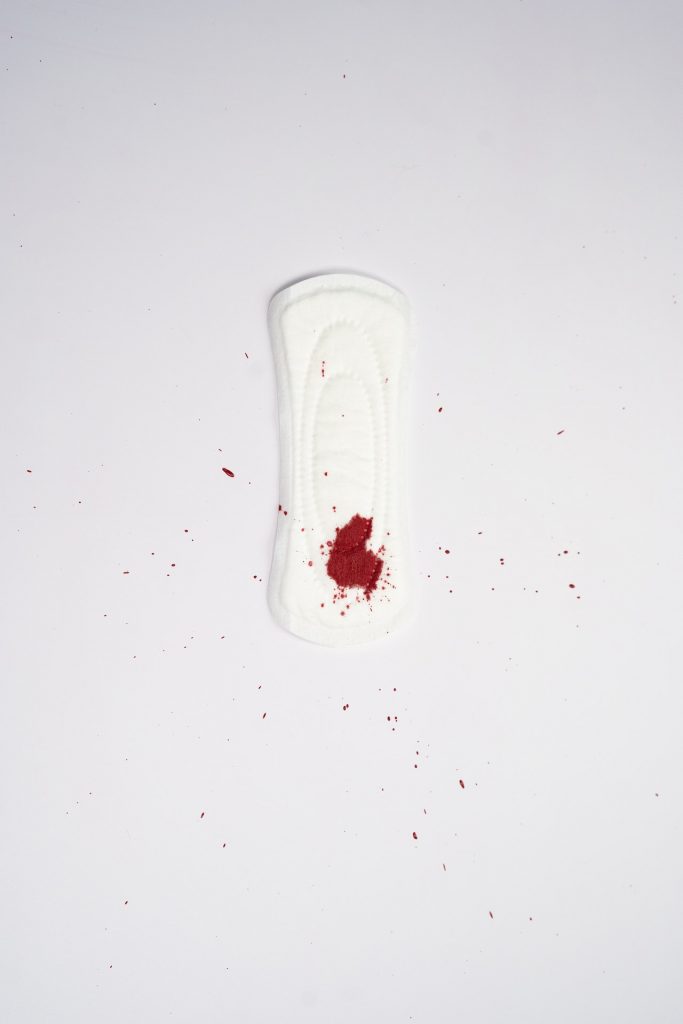Introduction
Flowering is one of the most important events in a woman’s life. It is a time when women face many physical changes. Hereyou can see the details including symptoms of first period, what it looks like during the days of menstruation, how long the first period lasts, and maintenance.
When can you expect your first period?
First menstruation occurs on average between the ages of 10 and 13. If girls have a higher than average body mass index or are under/overweight, stress or hormonal imbalances can lead to premature first menstruation.
The first signs of puberty include breast development, growth of hair in the armpits and pubic areas, and changes in body shape. The first period can be expected to start about 2 years after the first signs of puberty appear.
If you have other signs of puberty but don’t get your first period by age 15, consult a gynecologist. A doctor’s examination, then ultrasound and tests including blood and hormone tests are done to determine the cause of the delay.
What are the early signs of your first period?
Apart from the growth of hair in the breasts, pubic and armpit areas, the first includes the former. Apart from them,
- Increased vaginal discharge.
- Abdominal muscle spasms
- Acne
- Flatulence
- Severe mood swings
What color is the first menstrual discharge?
The color varies from dark brown to bright red to dark red.
How Much Bleeding Is the First Period?
In the first period, the discharge varies from small droplets with blood spots to a slightly solid discharge.
How long does the first period last?
For some women, the first period only appears for a day or two. For others, it lasts a week. The average menstrual period is 2-7 days. For the first 3 years after the onset of menstruation, the number of days of the flow and the interval between the two periods may fluctuate, menstruation may occur once in 2-3 months or more.
During your first period:
If you notice bleeding after using the toilet or have stains on your clothes, try getting an absorbent material like tissue paper and placing it over your underwear temporarily. Inform trusted elders nearby and they will guide you. Based on personal preferences, the selection of menstrual hygiene products, from underwear to sanitary napkins, tampons, menstrual cups, etc., will need to be data-driven. You can learn about the pros and cons of each by using which one is compatible.
Hygiene to be followed during Menstruation:
- Change pad every 3-4 hours even if used nappies are not completely wet/ Empty menstrual cup regularly every 6-8 hours.
- Leakage is normal in the beginning so always carry extra sanitary products.
- Private area outside Wash only, do not try to touch the inside. A change in the pH level of fluids can lead to vaginal infections.
- It is important to know about reproductive health. The first period, like all first experiences in life, can be intimidating, terrifying, and full of confusion. But once you have the right information, you can better understand your body.








[…] are many reasons why a woman decides to divorce her husband. Deciding to divorce is not easy for any spouse.Harassment of a […]